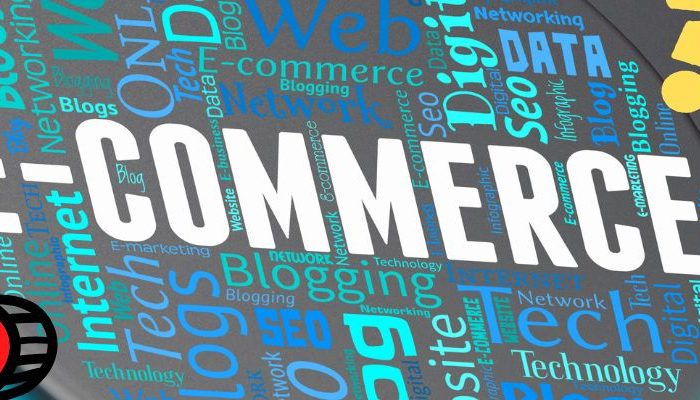
E-commerce, or electronic commerce, is a revolution in the way businesses and consumers buy and sell goods and services. Through the use of digital technologies, such as the Internet, e-commerce has transformed the global retail landscape, offering new opportunities for businesses of all sizes and greater convenience for shoppers.
In the modern economy, e-commerce plays a fundamental role. According to the most recent data, the Italian e-commerce market reached a value of 54.2 billion euros in 2023 , with a growth of 13% compared to the previous year. This shows how this method of buying and selling has become essential not only for large brands, but also for small businesses that want to expand their geographical and digital reach.
The term eCommerce , short for “electronic commerce,” refers to the buying and selling of goods and services over the Internet. This definition includes all commercial transactions that occur digitally, from searching for a product to paying online. ECommerce can include the sale of both physical products, such as clothing or electronics, and intangible goods, such as software or online courses.
The origins of eCommerce date back to the 1970s , when the first electronic commercial transactions were introduced through systems such as EDI (Electronic Data Interchange). The real boom of eCommerce, however, began in the 1990s with the spread of the Internet and the birth of pioneers such as Amazon and eBay. For example, in 1994, Amazon began as an online bookstore and then evolved into one of the largest eCommerce platforms in the world.
One of the main differences between eCommerce and traditional commerce is the way the seller and buyer interact. In traditional commerce, the transaction takes place physically, often in a store or through a local distribution network. In eCommerce, the entire process takes place online, eliminating many of the geographic and time barriers typical of offline commerce. For example, while a physical store has limited hours, an eCommerce is always accessible, allowing users to make purchases at any time of the day.
A significant advantage of eCommerce over the traditional model is the ability to reach a global audience. A small Italian artisan, for example, can sell their handmade products to customers in the United States or Japan, greatly expanding their potential market. Additionally, eCommerce reduces many of the operating costs associated with physical stores, such as renting retail space and staffing costs, making it an ideal solution for startups and small businesses.
In addition to structural differences, e-commerce offers advanced features that improve the shopping experience. Technologies such as artificial intelligence and machine learning allow for personalized offers based on customer preferences, while data analysis systems help companies better understand user behavior and optimize marketing strategies.
To fully understand the meaning of eCommerce, it is also useful to consider its main typologies:
In short, eCommerce is not simply an “online version” of traditional commerce, but a completely new ecosystem that offers unique tools, strategies and opportunities. Understanding its meaning and its peculiarities allows you to grasp the infinite possibilities offered by digital commerce, both for companies and consumers.
Vuoi aumentare le performance digitali della tua azienda? Compila il form per una prima consulenza gratuita.
Box Srl Via Massimo Stanzione, 45 Frattamaggiore (NA) P.iva 08568131216 Capitale Soc. 20.000€ i.v.









